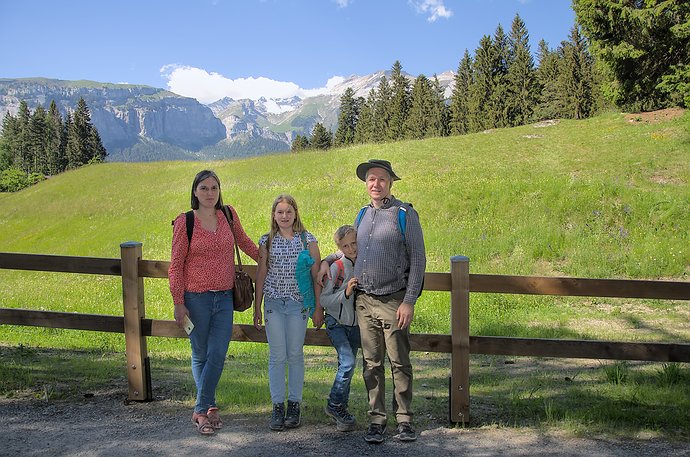I am quite pleased with the result, hope those in the image like it.
100% done in darktable 3.5.x a dev version. I know its customary to explain how I achieved this, but it would take too long, cos I end up writing a lot of details. But its 100% darktable.
It might be more productive to understand my broad logic for image editing, in dt, which I’ve outlined here, and its how I edit any image :
A process that starts with global changes and moves on to local changes, and then minor changes to both local and global until the image is completed.
For this image. To address the problem areas
-
Reduce highlights - with an instance of color-balance rgb + parametric mask(on grey level). This gives more headroom to brighten the whole image with exposure module., which also brightens the dark areas a little bit. - using highlight luminance slider - negative value.
-
Lift shadows, with an instance of color-balance- rgb + parametric mask (on grey level) - using shadow luminance slider - positive value
-
Brighten the people
a) A 2nd instance of exposure mask, which has a shape drawn mask, shaped around the people. Make this invisible, by feathering and mask blur so it blends in. -
Brighten their faces a bit more. Just a bit more with a drawn mask on faces + another instance of exposure. This is really important, but done with taste, so its not visible. Like a ray of sunshine.
-
Adjust filmic and exposure (3rd instance with no mask), to taste, before and after steps 1 to 4.
Xmp is attached. I think there is much value in explaining the principles, cos that way, advanced users who need no explanation can find what they need in the xmp, and others who need a bit more assistance, obtain a better grasp - much better than just dumping an xmp at them, for them to figure it all out by themselves.
2020-06-01_16-43-35_DSC_0252.NEF.xmp (46.7 KB)
